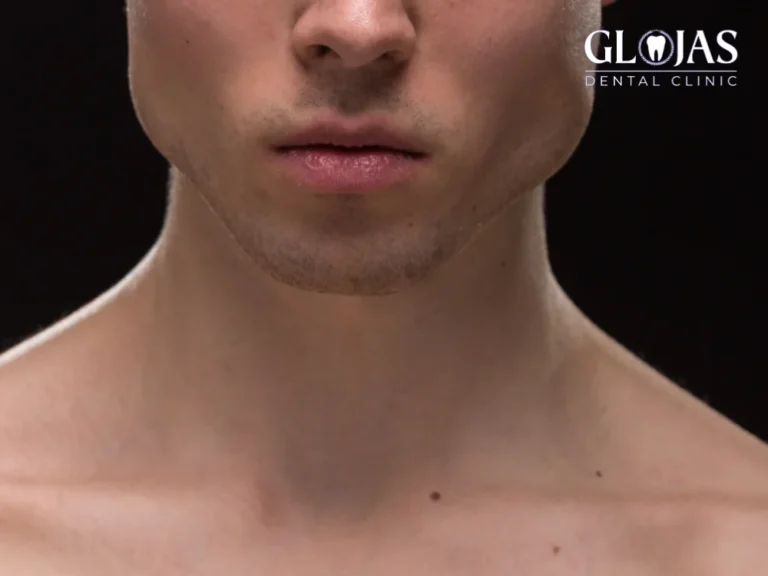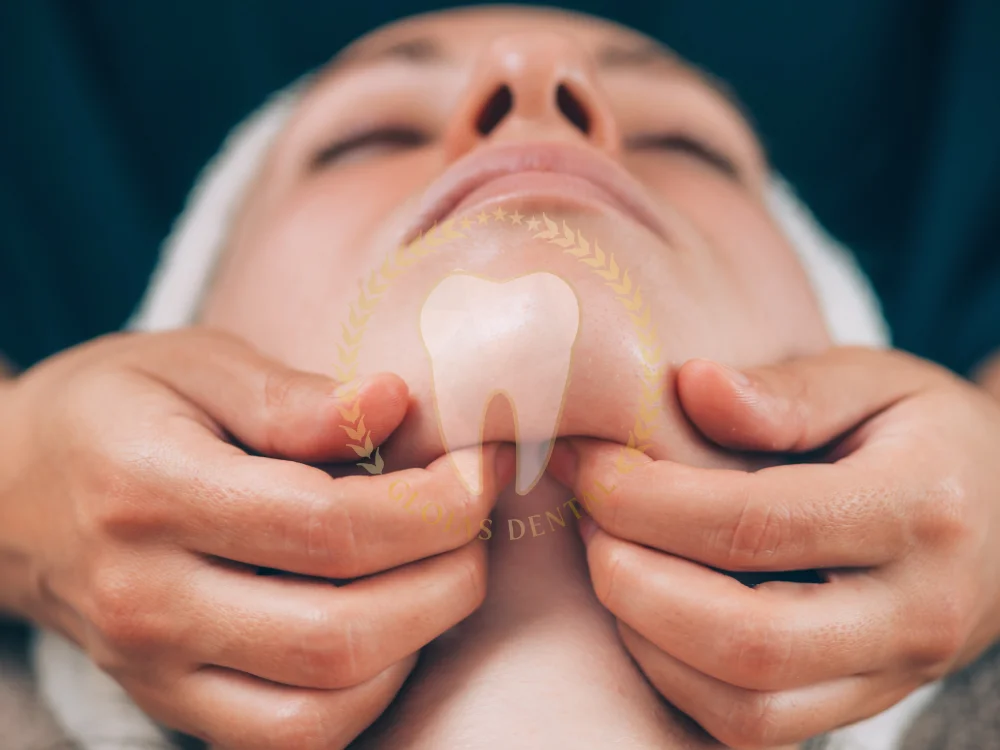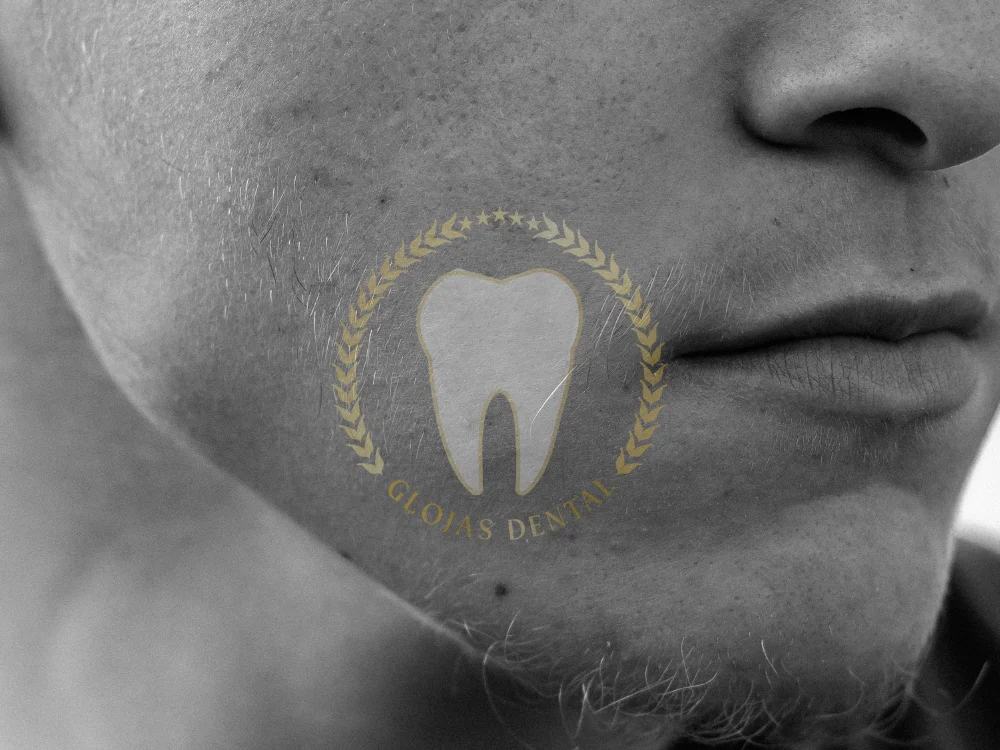A well-defined jawline is often associated with youth, vitality, and attractiveness. For individuals who are dissatisfied with the shape or contour of their jawline, jawline correction surgery, also known as mandibular contouring, can be a transformative solution. This surgical procedure can address a variety of concerns, including a weak or receding chin, a square jawline, or an asymmetrical jaw.
By reshaping the jawbone or soft tissues, jawline correction surgery can enhance facial harmony, improve facial profile, and boost self-confidence. In this comprehensive guide, we will explore the intricacies of jawline correction surgery, including the different techniques, potential benefits, and considerations to keep in mind. We will also delve into the recovery process and the factors that influence the overall outcome.
What is Jawline Correction Surgery?
Jawline correction surgery, also known as orthognathic surgery, is a specialized dental surgical procedure aimed at correcting jaw misalignments and improving facial aesthetics. This procedure involves reshaping, realigning, or repositioning the jawbone to enhance facial harmony, symmetry, and function.
Jaw misalignments, such as underbites, overbites, crossbites, and open bites, can lead to various issues, including difficulty chewing, speaking, and breathing. Additionally, these misalignments can affect facial appearance, leading to self-consciousness and a negative impact on self-esteem.
Orthognathic surgery can address these issues by correcting the underlying jawbone structure. By carefully repositioning the jawbones, surgeons can improve facial harmony, enhance the profile, and restore proper bite function. This procedure can also alleviate snoring and sleep apnea, significantly improving sleep quality and overall health.
Who Needs Jawline Correction Surgery?
Jawline surgery is suitable for individuals with:
- Misaligned jaws: Causing difficulties in chewing, speaking, or breathing.
- Facial asymmetry: Where the jawline appears uneven or imbalanced.
- Receding or protruding jawlines: Affecting overall aesthetics and confidence.
- Chronic pain: Related to jaw joint disorders (TMJ).
Consulting with an oral and maxillofacial surgeon will help determine if the procedure aligns with your needs.
Benefits of Jawline Correction Surgery
1. Improved Facial Aesthetics
A well-contoured jawline enhances facial balance, making the features appear more harmonious and attractive.
2. Enhanced Oral Functionality
Correcting misaligned jaws improves chewing efficiency, speech clarity, and overall dental health.
3. Relief from Chronic Pain
Surgical intervention can alleviate TMJ pain, headaches, and jaw tension.
4. Boosted Confidence
A refined jawline often boosts self-esteem, positively influencing personal and professional interactions.
5. Long-Term Results
Unlike temporary solutions like fillers, jawline correction surgery offers permanent results.
Types of Jawline Correction Surgery
Several procedures fall under the umbrella of jawline correction. Your surgeon will recommend the best option based on your condition.
1. Mandibular Surgery
Focused on reshaping the lower jaw, this procedure corrects underbites, overbites, and asymmetry.
2. Maxillary Surgery
This involves repositioning the upper jaw to fix open bites or address significant facial imbalances.
3. Double Jaw Surgery
Combining upper and lower jaw adjustments, double jaw surgery ensures comprehensive correction for severe misalignments.
4. Genioplasty (Chin Surgery)
For individuals seeking subtle changes, genioplasty enhances the chin and improves jawline contours.
The Procedure for Jawline Correction Surgery
Understanding the surgical steps helps in better preparation and recovery.
1. Pre-Surgical Evaluation
Your surgeon conducts a thorough assessment, including X-rays, 3D imaging, and dental impressions. This ensures accurate planning and personalized outcomes.
2. Anesthesia
The procedure is performed under general anesthesia to ensure comfort.
3. Surgical Incisions and Adjustments
The surgeon makes precise incisions, often inside the mouth to avoid visible scarring. Adjustments are made to the jawbones, followed by securing them with plates or screws.
4. Suturing and Closure
After aligning the jaw, incisions are carefully sutured to facilitate healing.
What to Expect During Recovery
Post-operative care plays a vital role in healing and achieving optimal results.
1. Swelling and Bruising
Swelling is normal in the first two weeks but gradually subsides. Use cold compresses and keep your head elevated.
2. Diet Modifications
Adopt a liquid or soft-food diet for the initial weeks, gradually reintroducing solids as guided by your surgeon.
3. Pain Management
Your surgeon will prescribe medications to manage discomfort effectively.
4. Follow-Up Appointments
Regular check-ups are crucial to monitor healing and address any concerns promptly.
Risks and Complications of Jawline Correction Surgery
Although considered safe, jawline correction surgery carries potential risks, including:
- Infection
- Nerve damage leading to temporary or permanent numbness
- Jaw stiffness or difficulty in movement
- Prolonged swelling or bruising
Choosing an experienced surgeon and adhering to post-operative care instructions minimizes these risks.
Cost of Jawline Correction Surgery
The cost varies based on the complexity of the case, the surgeon’s expertise, and geographic location. On average, prices range from $8,000 to $25,000. Some health insurance plans may cover functional aspects of the surgery.
FAQs About Jawline Correction Surgery
1. How long does jawline correction surgery take?
The surgery typically lasts between 2 to 4 hours, depending on the complexity of the case.
2. Is jawline correction surgery painful?
No, the procedure is performed under general anesthesia. Post-surgery discomfort is manageable with medications.
3. How long is the recovery period?
Initial recovery takes 2-3 weeks, while complete healing may take up to 6 months.
4. Are the results of jawline correction surgery permanent?
Yes, the results are permanent, provided you maintain good oral health and follow post-operative guidelines.
5. What is the difference between jawline correction surgery and fillers?
While fillers provide temporary contouring, surgery offers permanent structural changes for comprehensive correction.
6. Can jawline correction surgery fix sleep apnea?
Yes, the procedure can address airway obstruction, alleviating sleep apnea symptoms.
Conclusion
Jawline correction surgery, also known as mandibular contouring, is a specialized procedure that can significantly enhance facial aesthetics and oral function. By addressing issues such as a weak or recessed chin, a poorly defined jawline, or an unbalanced facial profile, this surgery can boost self-confidence and improve overall facial harmony.
The benefits of jawline correction surgery extend beyond cosmetic concerns. By correcting jawline issues, this procedure can also alleviate functional problems such as difficulty chewing, speaking, or breathing. Additionally, it can improve the alignment of the teeth and jaw, reducing the risk of future dental problems.
If you’re considering jawline correction surgery, it’s essential to consult with a qualified plastic surgeon or oral and maxillofacial surgeon. They can assess your individual needs, discuss your goals, and recommend the most suitable treatment plan. By choosing a skilled surgeon and following post-operative care instructions, you can maximize the benefits of this procedure and achieve a more defined, balanced, and whitened appearance.



